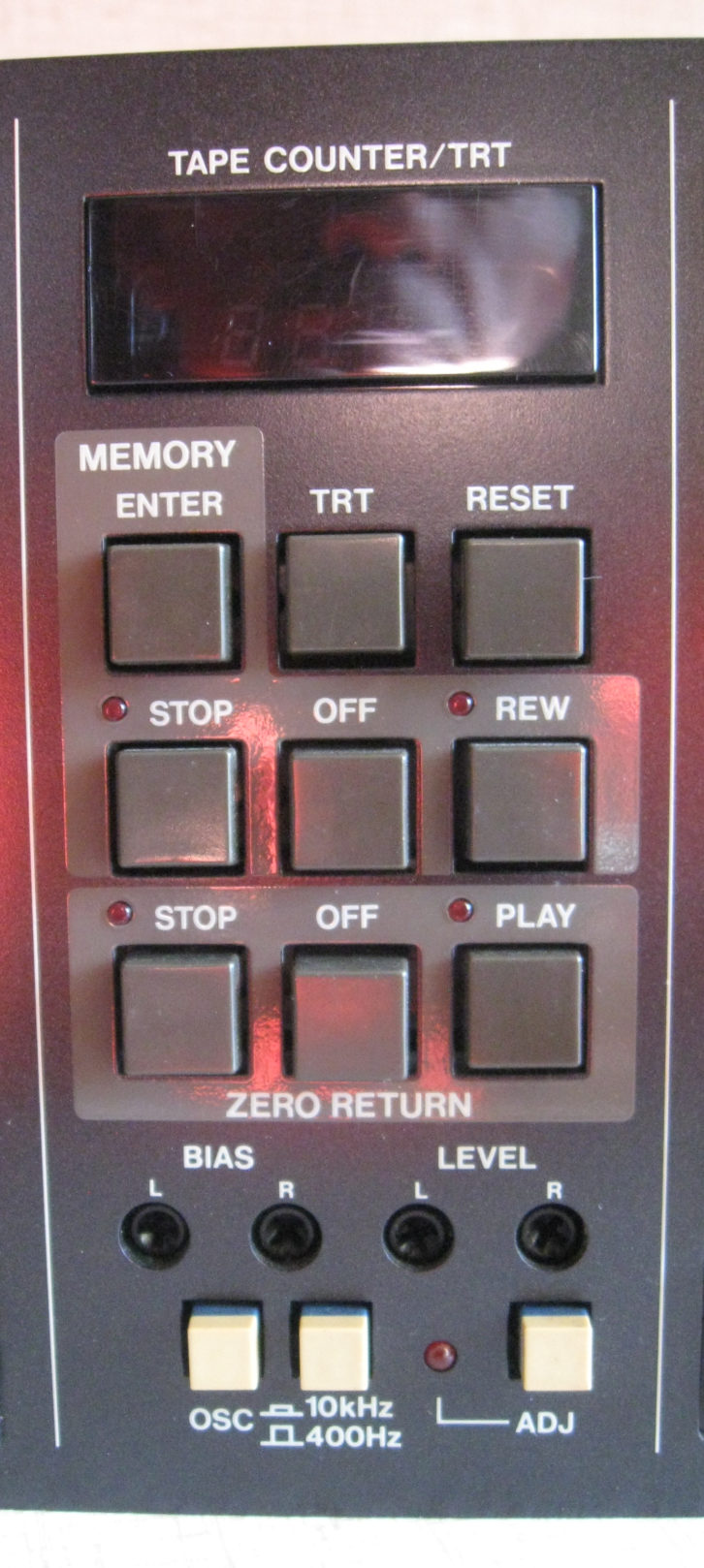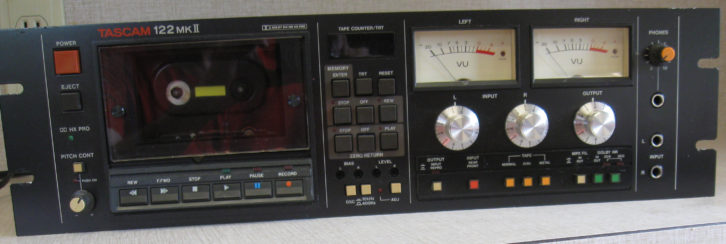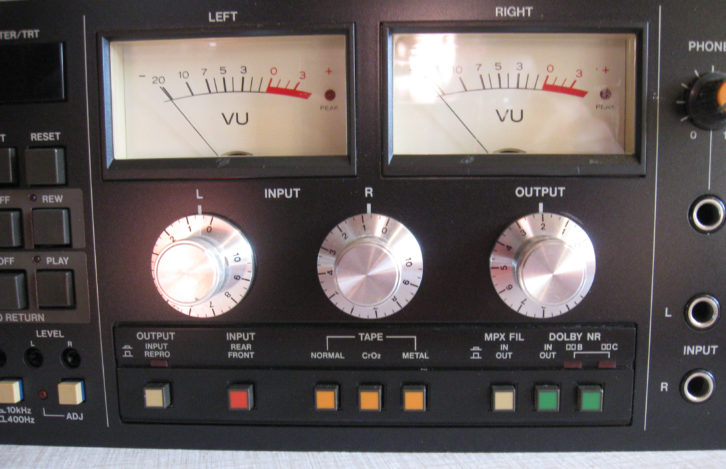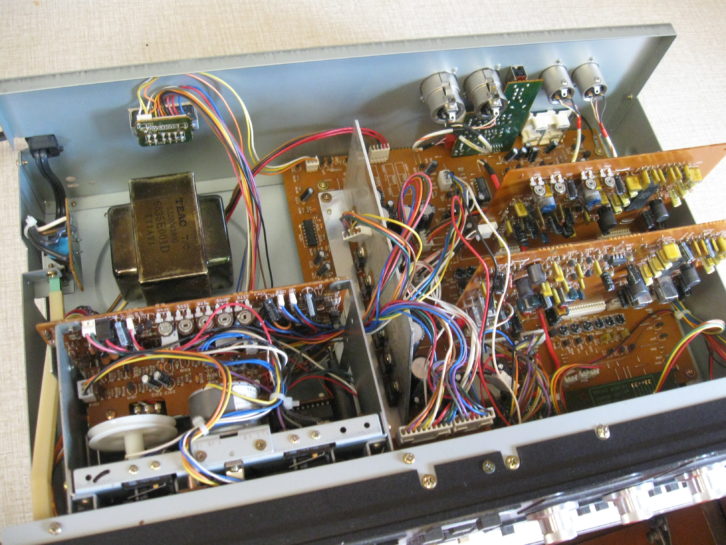When the engineers at Phillips introduced the first audio cassette recorder in 1962, they couldn’t possibly have imagined where the next three decades would take the fledgling tape medium. Originally intended as a replacement for dictation machines with open-reel tape, the new format underwent continuous development. It revolutionized the consumer tape market, easily displacing eight-tracks by the end of the 1970s.
The cassette itself evolved from a crude, injection-moulded chunk of plastic into a precision-cast shell with tape rollers and robust pressure pads. At the same time, the 1/4-inch tape within the shell evolved from normal bias to chromium dioxide (CrO2) and metal varieties. Thinner tape was also developed to enable an hour’s worth of recording on each side.
The earliest tape transports had a single motor and belt drive, usually with record/playback and erase heads. High-fidelity and pro audio decks evolved with three-motor drives and separate record, playback and erase heads. Auto-reverse transports, Dolby B and C noise reduction and automatic switching of bias and equalization via the cassette shell had also been introduced.
By the 1990s, the quality of the cassette medium was approaching that of the open-reel machine. Along the way, interest in the cassette medium had been increasing in the pro audio market.
TASCAM 122 & 133
In 1980, Tascam introduced the original 122. It was the company’s first venture into professional-grade, rackmount cassette decks and a sign of how much the cassette medium had matured since its introduction.
A unique feature of this first 122 was the two-speed transport. In addition to the standard 1 7/8 IPS speed, it also had the higher 3 3/4 IPS. With the higher speed, even better performance from cassettes was possible. For whatever reason, the 3 3/4 speed never became an industry standard, and subsequent recorders in the 122 series returned to the accepted 1 7/8 speed.
This first 122 was the right recorder and the right time to bring cassettes into the recording and broadcast markets. About a year after its introduction, NBC adopted the Tascam 122 as the company-standard cassette deck. This unexpected endorsement by a broadcast network turned out to be better than any advertising campaign that Tascam could have put together. Soon, CBS and ABC also adopted the 122, virtually assuring the success of the product line.
The next product in the series was targeted at the now-forgotten multi-image market, which used multiple carousel projectors to create presentations. The Tascam 133 had many of the features of the 122 but also a third cue track that could be used to control projectors and other multi-image equipment.
ENTER THE 122 MK II
The Tascam 122 Mk II was a radical upgrade to the original 122. It featured a three-motor transport with full-logic control, enabling features such as digital tape counter display, memory and return to zero and tape run time TRT display. All transport functions and status indicators are accessible via a rear-panel remote connector. Variable pitch control was also available.

The Mk II continued with one of the 122’s popular features, front-panel bias/level tweaks. Proper bias settings varied considerably among tape brands, so getting top performance out of a deck required users to standardize on one brand, and tune up the machine with that tape. In the real world, different brands of tape were often used. In addition to the internal tweaks on the main circuit board, the 122 had switch-selectable front-panel bias and level tweaks. When used in conjunction with the built-in 400 Hz/10 kHz oscillator and VU meters, users could tune the bias up to whatever tape was at hand.

New to the 122 Mk II was Dolby HX Pro. This “active bias” technique largely overcame the problems with self-bias and loss of high frequencies in recordings by dynamically adjusting the bias oscillator to maintain constant bias levels. The result was improved high-frequency performance with headroom improvements up to six dB. HX Pro was a one-way process. Unlike Dolby B and C, there was no decoding necessary to reap the benefits.
Following on the success of the 122 Mk II, around 1986, Tascam introduced the 112 Mk II, a less-expensive two-head deck with many of the same features. Although it looked similar on the outside, the transport and many of the innards were quite different than the 122. A variation on the 112 was the 112R, which used an auto-reverse transport and rotating head for extended recording and playback times.
The final release in the series came in 1993 with the introduction of the 122 Mk III. It had many of the features of the Mk II but featured an improved transport. Tape handling was enhanced with a servo direct-drive capstan, which also gave the machine outstanding wow and flutter specs. Cobalt amorphous heads delivered excellent sound quality, as well as long life.
Although the Mk III has been discontinued by Tascam, it is still sought after and widely used in applications where archived cassette material is being dubbed on to digital formats.
The 122 was a real workhorse, and stood up well to the daily torture of radio station and recording studio environments. Catastrophic failures were extremely rare. If it was kept on a regular maintenance schedule, replacement of the moving parts that wore out was predictable, calibration held up well and tweaks were clearly marked on the circuit boards. As with most Tascam products, the service manual for the 122 is excellent.
One of the most tedious tasks when servicing the 122 was replacing the VU meter lamps. This entailed a major disassembly behind the front panel so the meters could be removed, as the bulbs were located inside the meter housing.

One of the most expensive tasks was replacing the head assembly. While the life of reel tape heads could be extended by having them lapped once or twice, the small size of cassette heads, combined with the fact that the record and play heads were usually in one assembly, meant that was not an option. In addition to the cost of the head itself, labor costs and the use of expensive jigs to initially set up the geometry of the head added to the expense.
In many radio stations, the 122 was located in the control room and used as the aircheck machine, with its remote start/record function interfaced into the mic switch. In the production room, it was used to dub spec spots from cart to be sent out to advertisers. It was also used by stations that aired music from local artists, before the cost of burning your own CDs dropped.
The only real competition that Tascam faced with the 122 came from the Studer A710, which was geared more to the broadcast market than recording studios. It featured the same rugged construction and uncompromising audio quality as the company’s legendary open reel tape machines.
This particular 122 was saved from the dumpster in the late ’90s, when a radio station was moving to new studios. By then, the transition to digital was well underway, and anything analog was on its way to obsolescence.
Tom Vernon is a longtime contributor to Radio World. Is there a past equipment model that you’d like him to recall here? Email [email protected].






